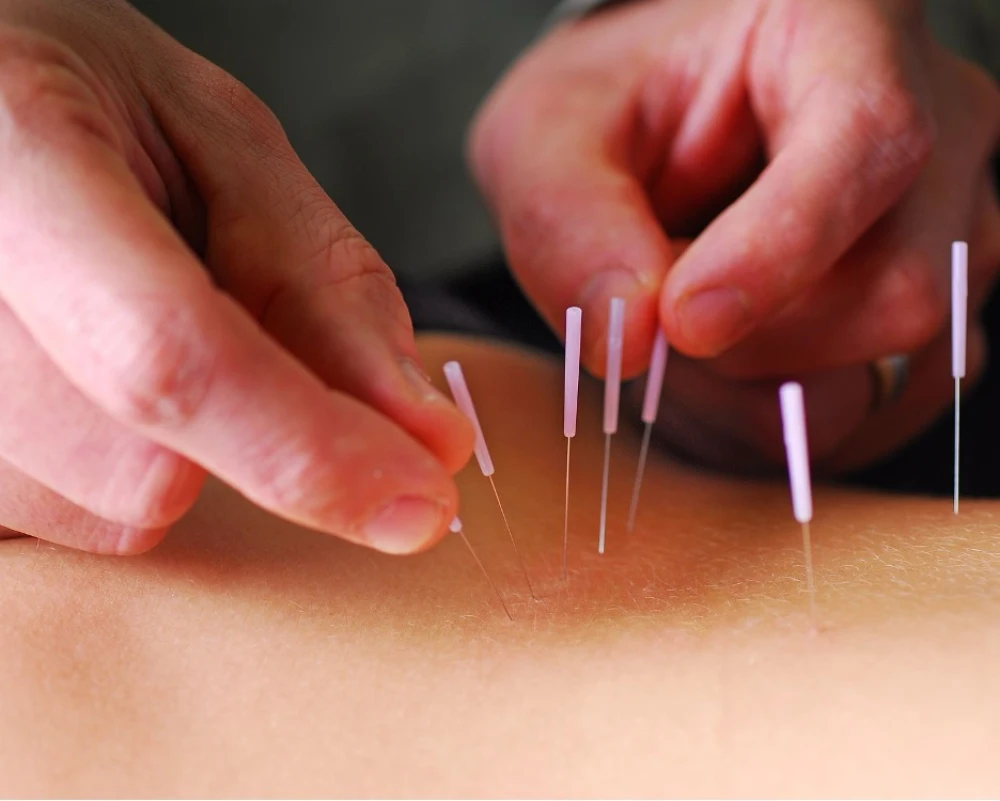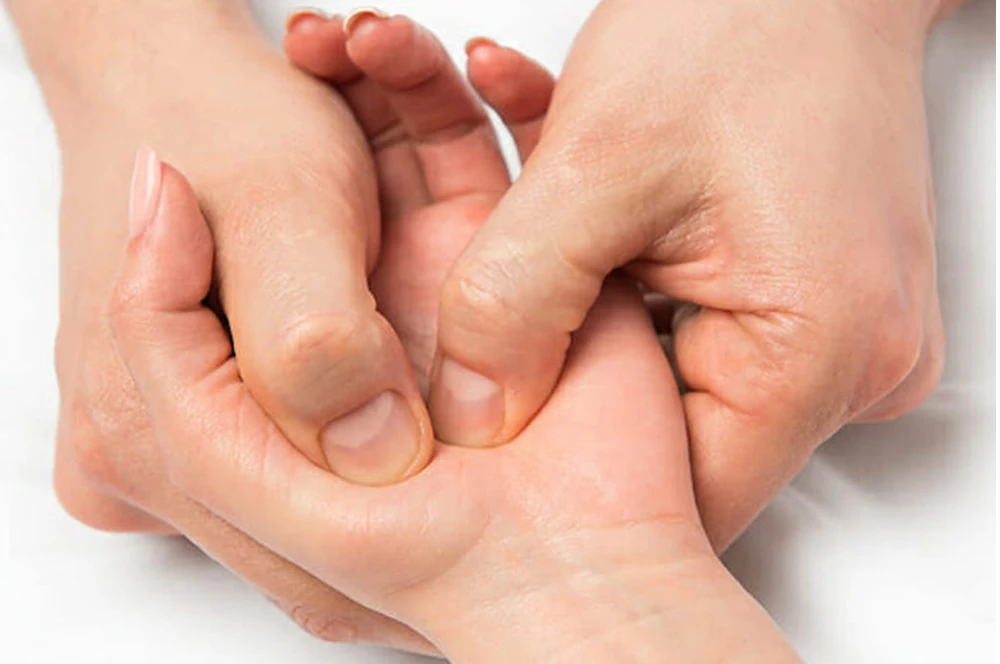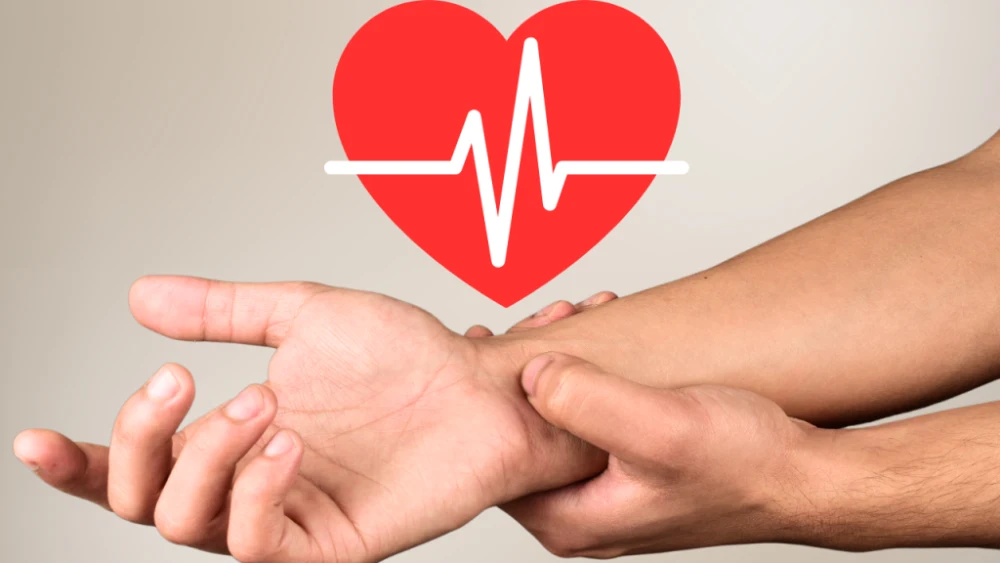Hypertension, often known as high blood pressure, is a common medical issue that impacts millions of individuals globally. If left untreated, it might result in major side effects such as renal damage, heart disease, and stroke. Complementary therapies like west vancouver acupuncture and acupressure offer natural options that may help lower blood pressure and support overall cardiovascular health, even if drugs are frequently given to manage hypertension. This article examines the traditional Chinese therapies of acupuncture and acupressure, emphasizing how they may lower blood pressure and enhance heart health including acupressure points to lower blood pressure.

Understanding Acupuncture and Acupressure
Both acupressure and acupuncture are ancient therapeutic modalities with roots in conventional Chinese medicine. Through the use of tiny needles inserted into specific body sites called acupoints, acupuncture works to balance the flow of Qi, or energy, and encourage the body’s inherent healing capabilities. Acupressure, on the other hand, uses specialized instruments or fingers or thumbs to apply pressure to these identical acupoints. Both methods work to bring the body’s energy system back into balance, which helps to relieve pain, encourage relaxation, and treat a host of other health issues. They have been recognized for their efficacy in boosting general well-being and are frequently utilized as adjunct therapies to traditional medicine.
Acupuncture to Lower Blood Pressure
In the field of acupuncture lower blood pressure, using tiny needles inserted into certain body acupoints stimulates the body’s energy flow and aids in healing. According to several studies, acupuncture may reduce blood pressure by:
- Diminishing activity of the sympathetic nervous system:
Acupuncture may help calm the sympathetic nervous system, which sets off the body’s “fight or flight” response. Because it promotes relaxation and releases tension, acupuncture has been shown to lower blood pressure.
- Stimulating endorphin release:
It has been shown that acupuncture triggers the body’s endorphin release, which naturally reduces pain. Endorphins relax blood arteries and improve blood flow, which lowers blood pressure. Acupuncture has the potential to modulate the renin-angiotensin-aldosterone system, hence assisting in its regulation.
Acupuncture Points to Lower Blood Pressure
Neiguan (PC6) on the inner forearm, Taichong (LR3) on the top of the foot, Hegu (LI4) on the back of the hand, Xingjian (LV2) on the foot, and Fengchi (GB20) close to the base of the skull are acupuncture points that will help reduce blood pressure by inserting fine needles on them. These locations assist general blood pressure regulation, enhance circulation, lessen stress, and regulate cardiac function.
Acupuncture and acupressure, from traditional Chinese medicine, balance Qi flow, aiding healing and relaxation. Acupuncture lower blood pressure is done by calming the sympathetic nervous system and triggering endorphin release. Key acupuncture points like Neiguan, Taichong, Hegu, Xingjian, and Fengchi help regulate blood pressure by enhancing circulation and reducing stress.

Acupressure to Lower Blood Pressure
By focusing on particular pressure spots on the body, acupressure treatments may help reduce blood pressure. Applying little pressure to these points, which include the area between the eyebrows, on the wrists, and on the ankles, may promote calm and enhance blood flow. Acupressure has also been linked to lower levels of stress and anxiety, both of which can lead to elevated blood pressure. Acupressure can be used as a complementary therapy in addition to other lifestyle changes and medical therapies to promote overall cardiovascular health, even though it might not be enough to manage hypertension on its own.
Acupressure Points to Lower Blood Pressure
Acupressure has been associated with potential benefits in lowering blood pressure through stimulation of specific pressure points in the body. Some common acupressure points to lower blood pressure include:
- Neiguan (PC6): It is located on the inner forearm, three finger widths above the wrist crease. This point is believed to help regulate heart function and reduce blood pressure.
- Taichong (LR3): Found on the top of the foot, between the big toe and second toe. This point is thought to promote circulation and balance blood pressure.
- Hegu (LI4): It is situated on the back of the hand, between the thumb and index finger. This point will help decrease stress and tension and is potentially contributing to blood pressure reduction.
- Xingjian (LV2): This point is located on the top of the foot, in the depression between the first and second toe bones. Stimulating this point may support liver function and blood pressure regulation.
- Fengchi (GB20): This point, which is located in the spaces between the neck muscles near the base of the skull, is thought to ease stress and encourage relaxation, which may help with blood pressure regulation.
Investigating The Healing Power Of Acupuncture On The Head

Duration of Acupuncture and Acupressure Sessions
The length of each acupuncture or acupressure session might vary based on several factors, including the individual’s condition, the treatment plan, and the techniques used by the practitioner. Acupressure sessions can take anywhere from 15 to 45 minutes, whereas acupuncture sessions often run between 30 and 60 minutes. It’s crucial to speak with your practitioner to figure out how long your sessions should last according to your needs and the objectives of your treatment.
Acupressure points to lower blood pressure like Neiguan, Taichong, Hegu, Xingjian, and Fengchi. They do it by regulating heart function, promoting circulation, and reducing stress. Sessions typically range from 15 to 45 minutes for acupressure and 30 to 60 minutes for acupuncture, depending on individual needs.
Exploring Acupuncture’s Impact On Kidney Health
Conclusion
In conclusion, acupuncture and acupressure offer promising avenues for lowering blood pressure and improving cardiovascular health. By stimulating specific acupoints on the body, these ancient therapies can help promote relaxation, reduce stress, and modulate physiological processes involved in blood pressure regulation. While more research is needed to fully understand the mechanisms underlying their effects, acupuncture and acupressure represent safe, natural, and potentially effective approaches for managing hypertension. If you’re considering incorporating acupuncture or acupressure into your hypertension treatment plan, be sure to consult with a qualified healthcare provider to ensure safe and appropriate use.
To book an appointment for Vancouver Physio or acupuncture, contact us on the Radial website

Acupuncture and Acupressure Services in West Vancouver Clinic
We provide thorough acupuncture and acupressure treatments at the West Vancouver Clinic intending to advance the overall health and well-being of our patients. Our skilled practitioners handle a range of health issues and improve general vitality by using traditional Chinese medicine procedures. Customized treatments are personalized to meet your specific needs, whether you’re looking for pain relief, stress reduction, or assistance for particular medical issues. Our acupuncture and acupressure services focus on restoring harmony and balance to the body by offering practical ways to enhance your well-being. Do not hesitate to call us today to set a meeting.